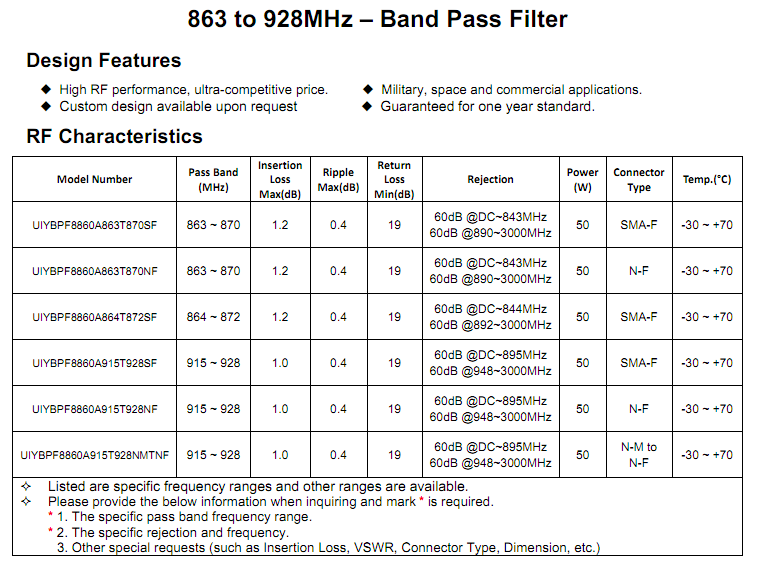What is LoRa®?
LoRa uses unlicensed sub-GHz wireless bands such as 433 MHz (Europe), 868 MHz (Europe) and 915 MHz (North America). It allows long distance transmission (10km+ in suburbs, up to 2km in urban areas) and still maintains extremely low power consumption (sub-uA).
There are two expressions of this technology: LoRa, physical layer; LoRaWAN (Long Range Wide Area Network), upper layer.
LoRa is a long-distance wireless communication technology that complements NB-IoT and LTE Cat N1 effectively. Compared with the traditional cellular technology, LoRa can reach the extreme distance range 100km+ LOS by sacrificing the data rate.
Due to rate limitations(< 50kbps) and duty cycle limitations, LoRa is more suitable for non-real-time applications that can tolerate large delays.
LoRa is a physical layer technology that uses CSS (chirp spread spectrum) modulation. It was the first low-cost CSS implementation for commercial use.
LoRa can be used as an alternative solution for IoT in many different industrial application scenarios.
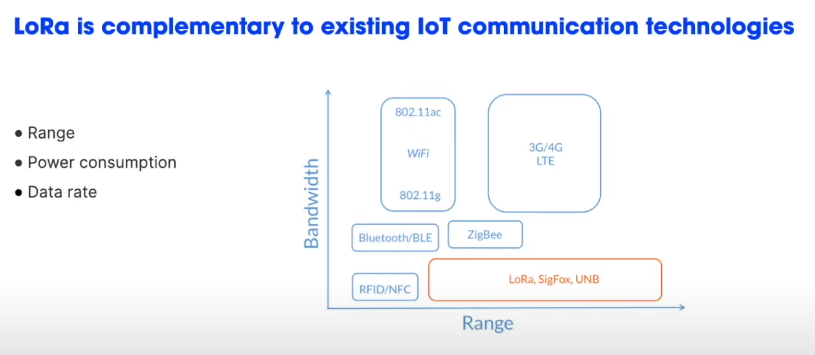
LoRaWAN Features:
- Ultra low power
- Long range
- Deep indoor penetration
- License free spectrum
- Geolocation
- Public and private deployments
- End-to-end security
- Firmware updates over the air
- Certification program
- Ecosystem
LoRaWAN Use cases:
- Natural disaster prevention
- Smart agriculture & animal production
- Endangered species protection
- Smart industry control
- Smart Cities, Homes, Buildings & Offices
- Supply Chain Logistics, Asset Tracking & Quality Management
- Smart Metering Facilities (Water, Gas, Electricity)
Network coverage:
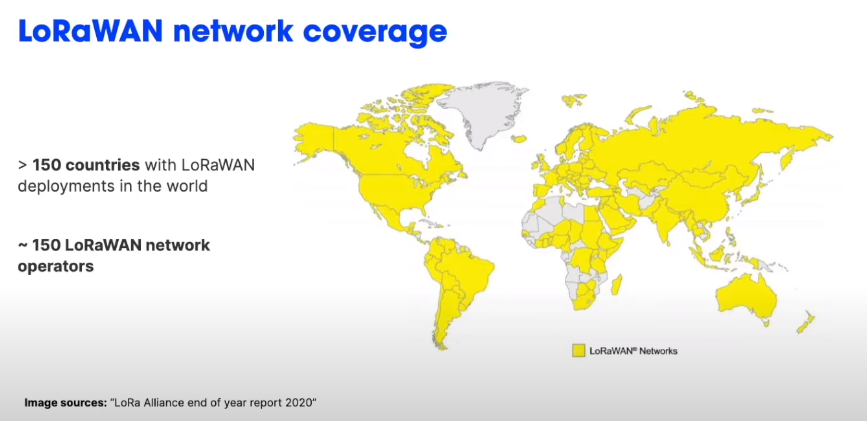
LoRaWAN network architecture:
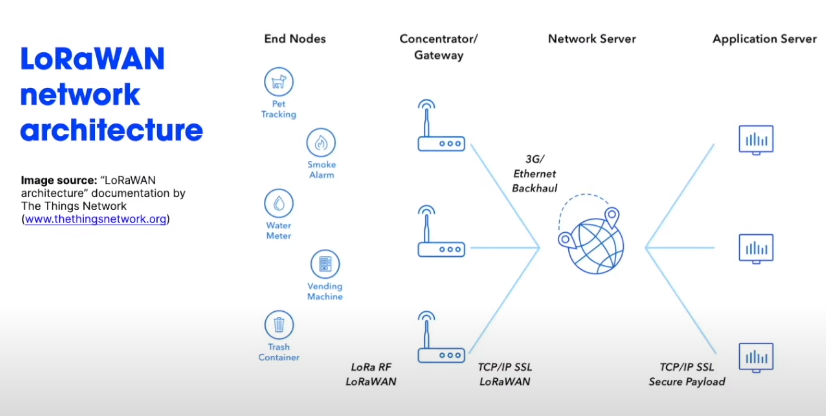
What is the difference of Lora and LoRaWAN?
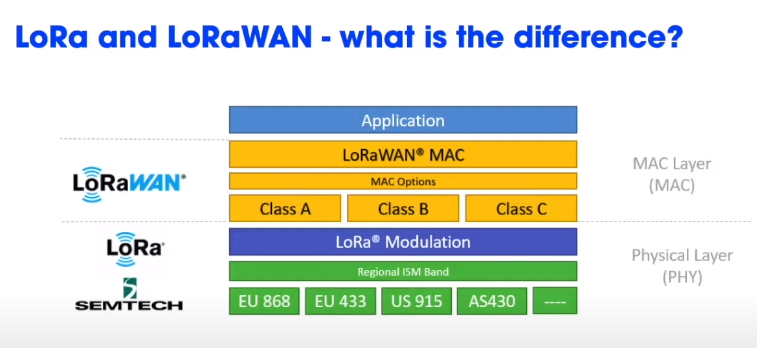
What is LoRaWAN®?
LoRaWAN is a protocol stack on top of LoRa. It is a media access control (MAC) layer protocol that plays the role of the network management protocol for LPWAN. It is responsible for sending information between gateways and end nodes.
The specification for LoRaWAN 1.0 was adopted in June 2015. It has been maintained by the LoRa Alliance ever since.
LoRaWAN defines the communication protocol and system architecture of the network, and the LoRa physical layer makes long-distance communication links possible.
LoRaWAN is also responsible for managing the communication frequency, data rate, and power of all devices. When the device needs to send data, the device transmits asynchronously. Data sent by a device of an end node can be received by multiple gateways, which send the data packet to a central network server. The web server filters duplicate packets, performs security checks, and manages the network. The data is thus sent to the application server.
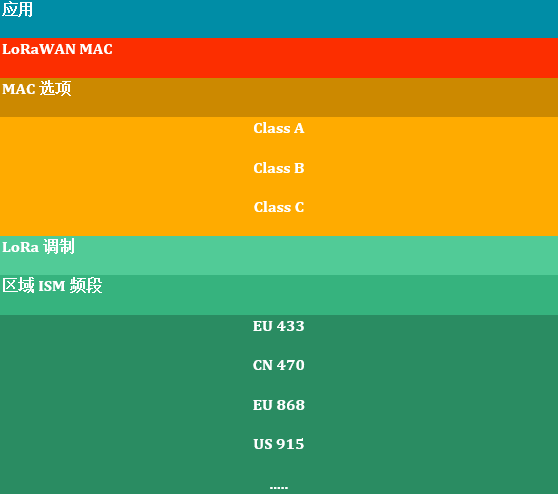
Figure: LoRa application stack.





